This post is part of our collection of Home Projects. Sign up for our newsletter to receive family-friendly activity, recipe and craft ideas throughout the year!
Here in the United States, the availability of ingredients remains a barrier to easily cooking Chinese food at home. While most chain grocery stores now carry at least a basic selection of Chinese produce and sauces, filling a complete shopping list still requires a trip to Chinatown or a Chinese market.
So when I talk to other parents, they frequently tell me they don’t cook more Chinese food at home simply because they don’t have the time. Many families buy their groceries at the local Safeway or Trader Joe’s, with perhaps a Costco run added in, but don’t have time to shop for an extra set of ingredients specifically for Chinese cooking.
It makes sense. What if the chain grocery doesn’t have all the Chinese ingredients you need? What if you can’t find your favorite brand? What happens to the rest of your grocery shopping that week? It’s a recipe that ends with Pasta Night yet again.
This challenge makes me realize what an uncommon luxury it is to live in a neighborhood filled with Chinese markets. It’s possible to buy fresh ingredients for a specific recipe or hop out to pick up that one last thing you need. Heck, you can take multiple trips to the market on a single day if you need.
So how can you you make Chinese cooking at home convenient and spontaneous when you don’t have the time to regularly visit a Chinese market? The answer is a well-stocked Chinese pantry, supplemented by fresh ingredients commonly available at your local chain grocery store.
To help, there are two tools below. First, a shopping list of pantry staples for a quarterly trip to a Chinese market. And second, a shopping list of companion ingredients that you should be able to find at any major American grocery store.
With this approach, a quarterly trip the Chinese market and weekly family grocery shopping near home, you can cook the recipes on this site, plus those from your favorite cookbooks. What’s better, it’s a path toward enjoying delicious Chinese meals at home without upsetting the rhythms of your weekly family errands.
Like this strategy? Peruse the shopping lists below, then print out a version you can take to the store!
Your turn! What’s your approach to shopping for Chinese ingredients? Would you add anything to this list? I’d love to hear from you in the comments section below!
Quarterly Chinese Market Shopping List
Stock your pantry with these essentials and you will always be able to include Chinese recipes on your weekly meal plan. Combine these basic Chinese staples with fresh ingredients from your chain grocery store to create delicious everyday meals at home.
Sauces
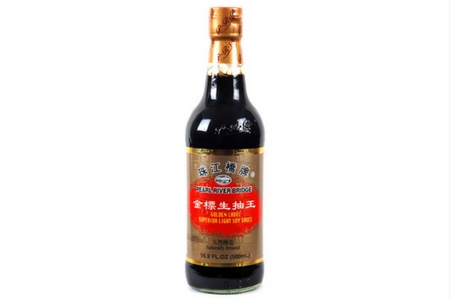 □ Light Soy Sauce
□ Light Soy SauceThough soy sauce is now ubiquitous in American grocery stores, visit a Chinese market for better brands. “Light” refers to the color, not the sodium content. It’s an all-purpose ingredient featured in dishes like Stir Fried Beef with Snow Peas. Pearl River Bridge brand is recommended.
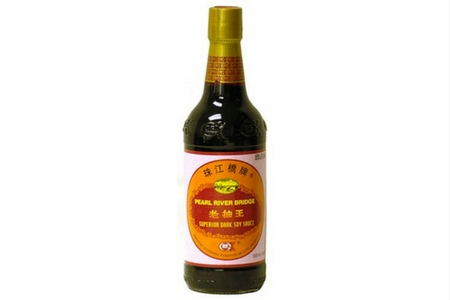 □ Dark Soy Sauce
□ Dark Soy SauceDark soy sauce has a deeper soy flavor, while light soy sauce is generally saltier. As a result, it’s used in smaller quantities for heavier dishes and stews like Red Cooked Beef. Again, Pearl River Bridge brand is recommended.
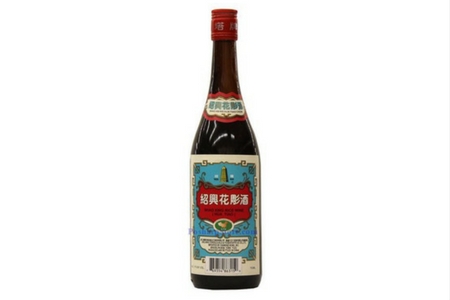 □ Shaoxing Rice Wine
□ Shaoxing Rice WineArguably the most important ingredient to buy that’s not available at a chain grocery store. Used in marinades, sauces and stir fries in everything from Chinese Yardlong Beans with Ground Pork to Drunken Chicken. Pagoda Brand is recommended.
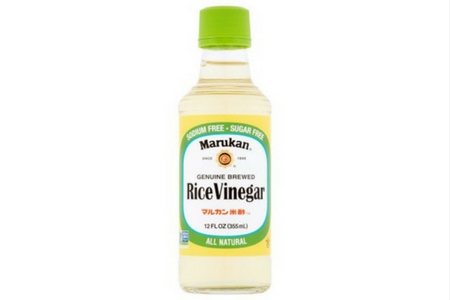 □ Clear Rice Vinegar
□ Clear Rice VinegarClear rice vinegar gives sweet-and-sour dishes their tangy flavor. You can also use rice vinegar in Asian salad dressings. Make sure to get a pure rice vinegar with no added salt or sugar.
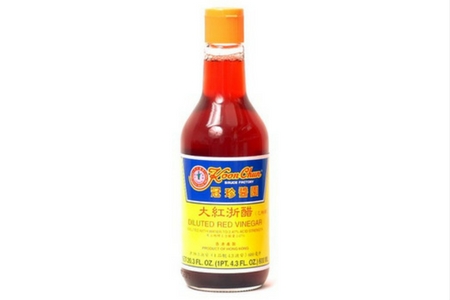 □ Red Rice Vinegar
□ Red Rice VinegarThe best use for red rice vinegar, in my opinion, is as a dipping sauce for Pork Dumplings. That alone is reason enough to have a bottle of it in the house.
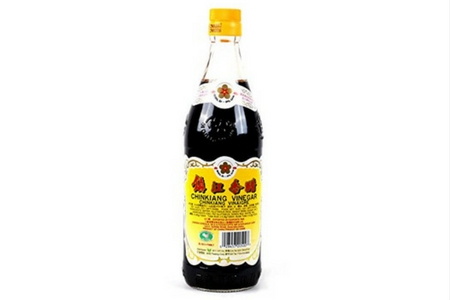 □ Black Rice Vinegar (Chinkiang)
□ Black Rice Vinegar (Chinkiang)The best black vinegar in China traditionally comes from Chinkiang (Zhenjiang). It’s used as a dipping sauce and in northern-style hot-and-sour dishes.
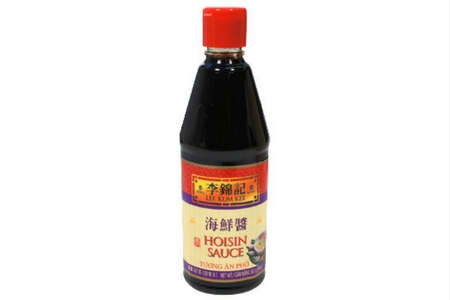 □ Hoisin Sauce
□ Hoisin SauceHoisin sauce is probably most commonly encountered as the dipping sauce when Peking Duck is served at a restaurant. Alternatively, it’s a key ingredient in many delicious Chinese BBQ sauces.
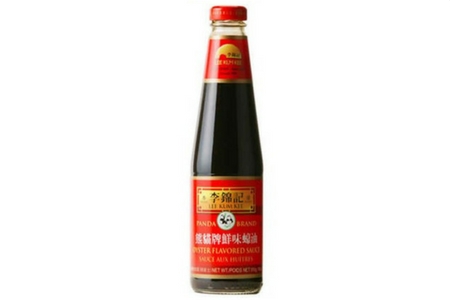 □ Oyster Sauce
□ Oyster SauceMade from fermented oysters, this dark sauce adds a satisfying umami flavor to dishes like Stir Fried Beef with Snow Peas. Oyster sauce is also great to have on hand to season a dish of steamed vegetables.
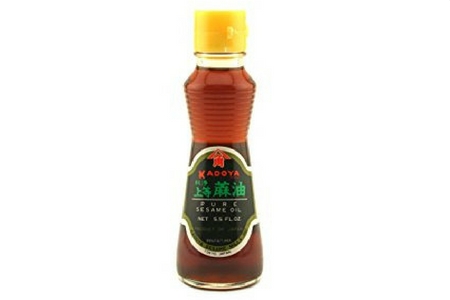 □ Sesame Oil
□ Sesame OilSesame oil is frequently added to marinades and as a finishing ingredient to give Chinese dishes their distinctive aromas. Our Whole Steamed Fish and traditional Pork Dumpling recipes are great examples.
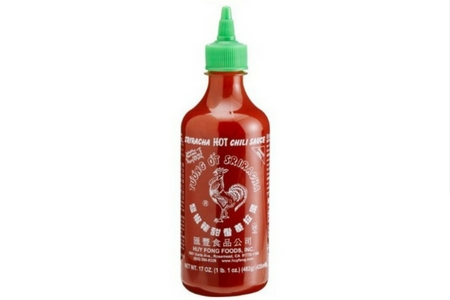 □ Chili Sauce
□ Chili SauceKeeping a bottle of Sriracha sauce on hand is a great way to quickly add a spicy punch to your dishes, either as an ingredient or as a dip.
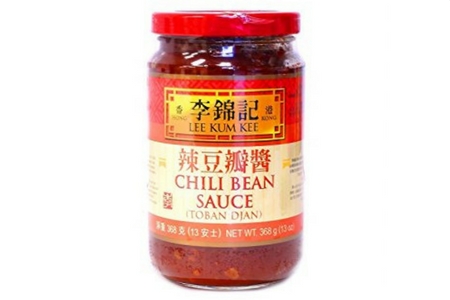 □ Chili Bean Sauce (Toban Djan)
□ Chili Bean Sauce (Toban Djan)Toban Djan is the key spicy ingredient in Ma Po Tofu, arguably one of the most popular homestyle Chinese dishes you can make. This chili bean sauce is used similarly in Chinese Yardlong Beans with Ground Pork.
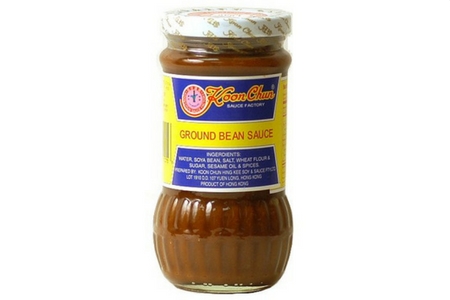 □ Ground Bean Sauce
□ Ground Bean SauceHaving ground bean sauce on hand lets you make Char Siu, the iconic roast pork hanging in Chinatown restaurant windows.
Spices
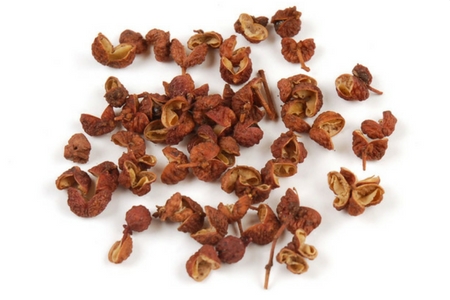 □ Sichuan Peppercorns
□ Sichuan PeppercornsThese powerful peppercorns give Sichuan-style dishes their numbing spiciness. You’ll use Sichuan Peppercorns in popular regional dishes like Ma Po Tofu and Kung Pao Chicken.
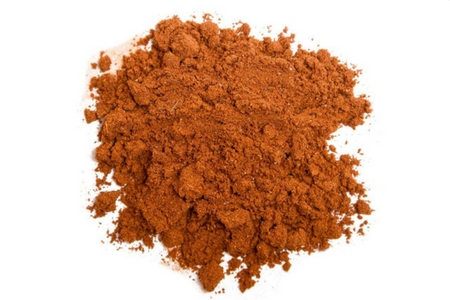 □ Chinese Five Spice Powder
□ Chinese Five Spice PowderChinese Five Spice is most commonly used for Chinese roasted meats, such as Roast Pork. It won’t get much use otherwise, but you’ll be super-frustrated if you don’t have it the one time you need it.
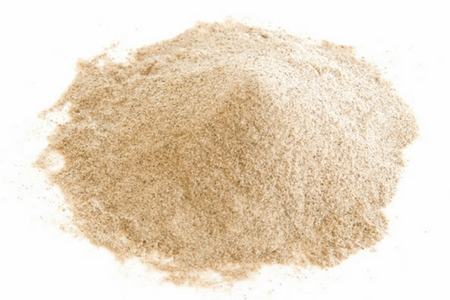 □ Ground White Pepper
□ Ground White PepperSmall amounts of white pepper are used in stir fries and sauces. It’s strong stuff with a spicy flavor that’s distinct from black pepper.
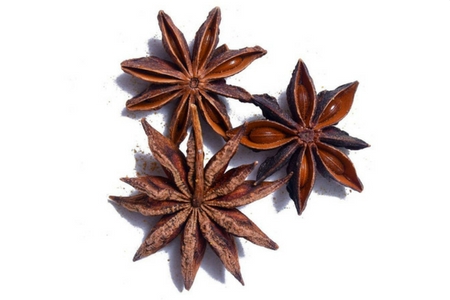 □ Star Anise Pods
□ Star Anise PodsBuy a handful of licorice-flavored star anise pods to use in Chinese braises and stews, such as Red Cooked Beef.
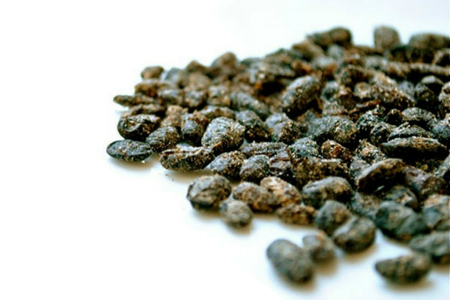 □ Fermented Black Beans
□ Fermented Black BeansFermented black beans are soy beans dried in salt, which add a distinctively tangy, sour flavor to Cantonese dishes. They’re commonly mixed with other strong seasonings like garlic and chilies.
Pantry Items
 □ Water Chestnuts
□ Water ChestnutsWater chestnuts add a clean, satisfying crunch to stir fries. Keeping a can or two in the back of the pantry gives you a good backup plan when your dish is one ingredient short.
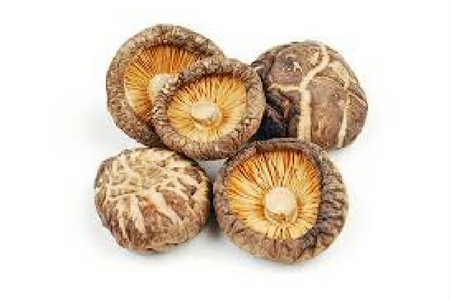 □ Dried Chinese Mushrooms (Shiitake)
□ Dried Chinese Mushrooms (Shiitake)Rich, nutty and chewy, dried Chinese mushrooms add depth to dishes like Braised Longevity Noodles. They keep forever, so there’s no reason to not have them around.
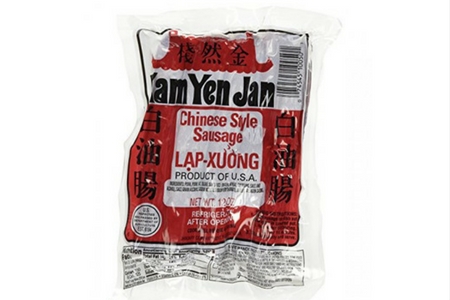 □ Dried Chinese Sausages
□ Dried Chinese SausagesSteaming a Chinese sausage on top of a pot of rice or throwing a handful of chopped pieces into a wok of fried rice makes for great comfort food, but you can also showcase them more formally in Rice Dumplings.
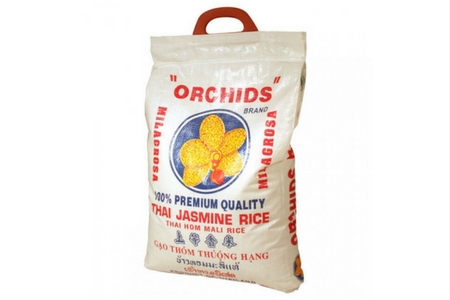 □ Jasmine Rice
□ Jasmine RiceEasily overlooked, a bowl of high quality jasmine rice is the foundation for a delicious Chinese meal. Secure a large bin for your pantry, then buy a 25- or 50-pound bag of rice at the market that can last for weeks.
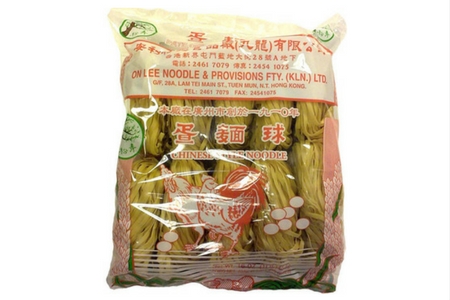 □ Dried Noodles (Rice & Egg)
□ Dried Noodles (Rice & Egg)Fresh noodles are preferred, of course, but bags of dried rice and egg noodles will let you prepare most common dishes from Rice Noodles with Pork and Bean Sprouts to Braised Longevity Noodles.
 □ Rock Sugar
□ Rock SugarChinese rock sugar is made from cane sugar, which gives desserts like Red Bean Soup a distinctive flavor, texture and sheen.
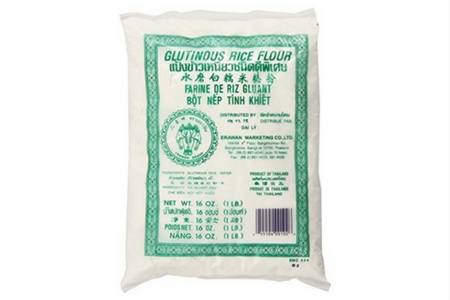 □ Glutinous Rice Flour
□ Glutinous Rice FlourGlutinous rice flour is used in many spongy white doughs, but you’ll want to keep a bag on hand to be able to make Glutinous Rice Dumplings (Tang Yuan) for the kiddos at the drop of a hat.
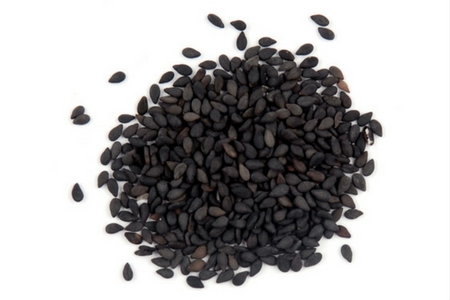 □ Black Sesame Seeds
□ Black Sesame SeedsBlack sesame is a popular flavor for Chinese sweets and desserts like Black Sesame Glutinous Rice Dumplings (Tang Yuan).
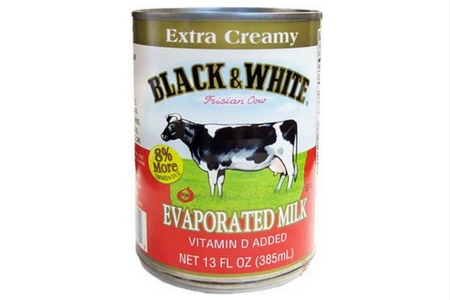 □ Evaporated Milk
□ Evaporated MilkEvaporated milk gives creaminess and depth to Chinese desserts such as Mango Pudding. Pick a brand like Black & White for a true Hong Kong flavor.
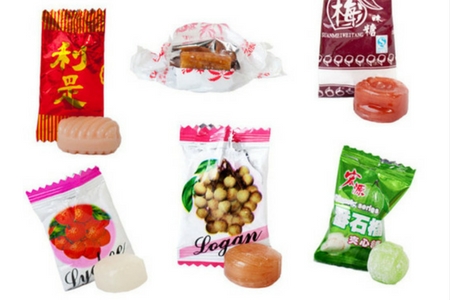 □ Candy
□ CandyNo, a kiddo didn’t break in to add candy to this list! That said, sharing the wide range of candies only available at a Chinese market is a fun way to introduce kids to new flavors. Add one to a school lunch each day!
Chain Grocery Store Weekly Supplements
These are the grocery items that you can add to your weekly shopping list to combine with your Chinese pantry staples. In some cases, these are ingredients such as ginger and bell peppers that are commonly available in any grocery store. In other cases, these are ingredients such as a vegetable like bok choy which are reasonable substitutes in recipes that call for a Chinese leafy green like gailan. Either way, combining these common ingredients with specialty ingredients from a Chinese market will let you easily produce delicious Chinese meals at home.
Produce |
Proteins |
| □ Napa Cabbage | □ Fish Fillets |
| □ Bok Choy | □ Whole Chicken |
| □ Snow Peas | □ Chicken Thighs |
| □ Green Onions | □ Chicken Wings |
| □ Ginger | □ Beef Flank Steak |
| □ Garlic | □ Ground Pork |
| □ Cilantro | □ Pork Belly |
| □ Red Chilies | □ Shrimp |
| □ Bell Peppers | □ Soft Tofu |
| □ Green Beans | □ Eggs |
| □ Shelled Peas | |
| □ Carrots | |
Pantry Items |
Refrigerated Items |
| □ Chicken Stock | □ Dumpling Wrappers |
| □ Peanuts | |
| □ Cornstarch | |
| □ Coconut Milk | |
| □ Peanut Oil | |
| □ Butter | |
| □ Flour | |
| □ Sugar | |
| □ Salt | |
| □ Pepper |
Like these shopping lists? Print out a version you can take to the store!
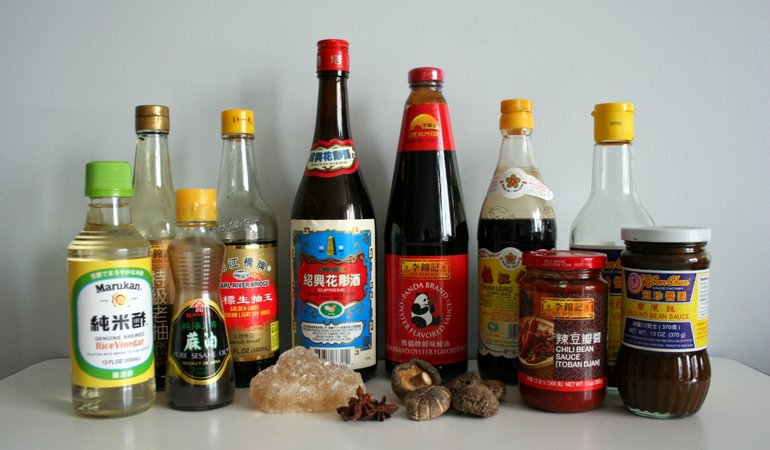



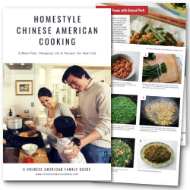
Paul
This is the best shopping list I’ve seen!
Wes Radez
Thanks, Paul. I hope you’ll find it useful! ~Wes
Mj
Thank you very much recently unable to have dairy so back Asian food thanks again.?
Wes Radez
Glad to hear that, MJ. Welcome! ~Wes
saundra
This is awesome, thanks. I was trying to put my pantry together and this is foolproof – look out Chinese take out, I got this!!!
Wes Radez
Wonderful, Saundra! Happy cooking ahead! ~Wes
R.A. Curtis
Planning on putting together an Asian cooking display at my library for Spring of next year, and your shopping list will make an excellent hand-out for it…
Wes Radez
Wonderful use of the content. Please give us attribution! ~Wes
Avie Riley
I love Asian food but never knew what to buy. I also love cooking, so these lists are very appreciated.